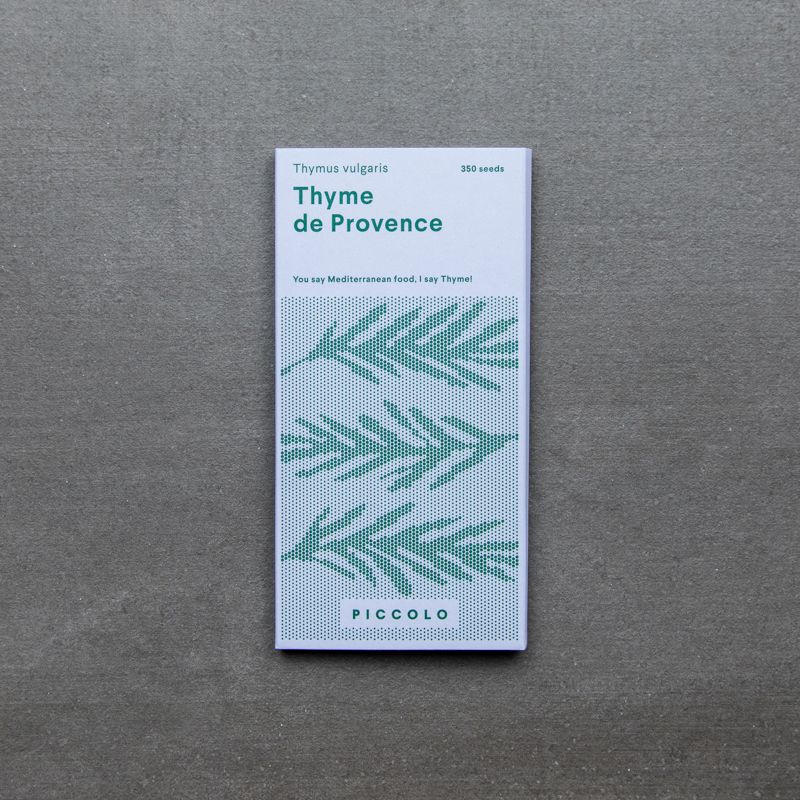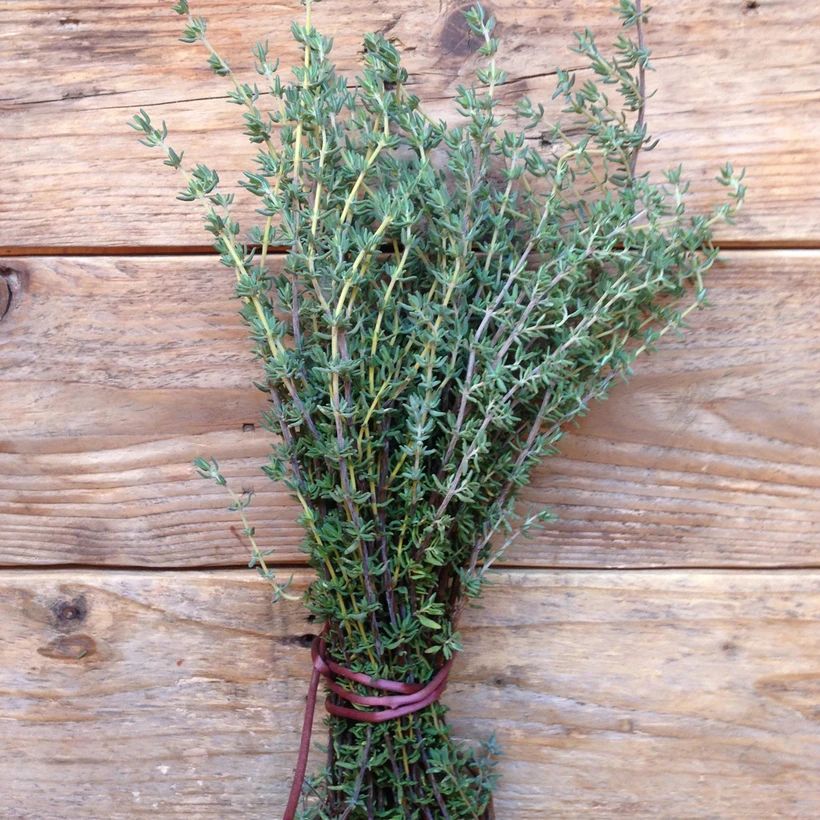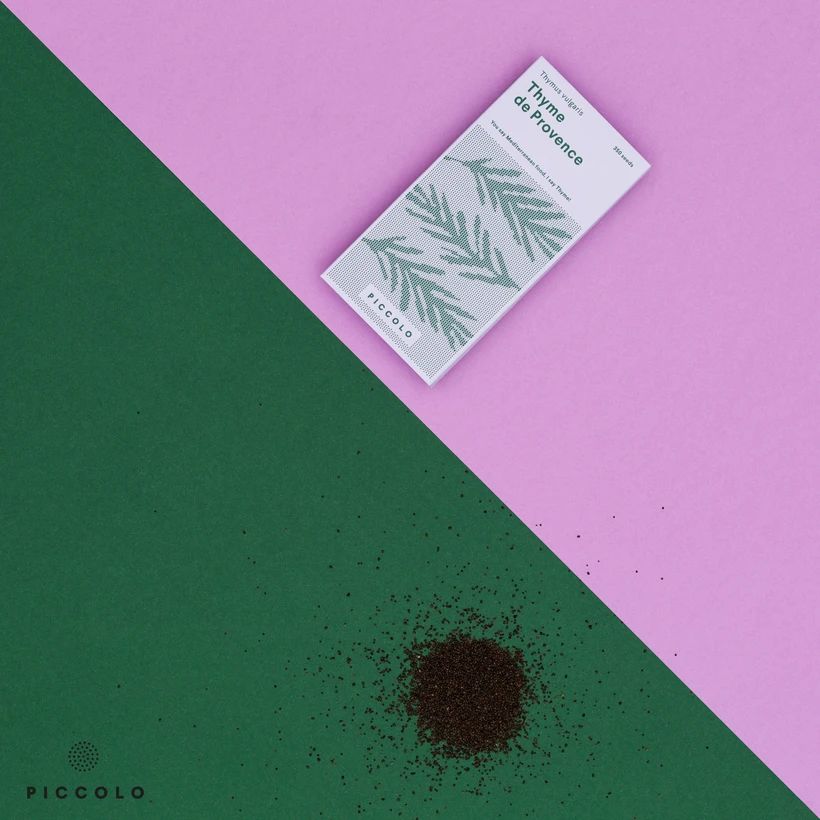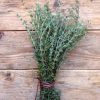Thyme De Provence
£4.00
Thyme De Provence, or ‘Summer Thyme’, is a popular perennial herb that is well known for its culinary, medicinal and ornamental uses. With its tiny, soft, grey-green leaves and small, pinkish flowers, Thyme de Provence is spicier than common thyme and is the preferred option in authentic French cuisine. In fact, it is the leading component in the famous Herbes de Provence dried-herb mix, as well as in the Bouquet garni – a bundle of string-tied herbs used to flavour soups and stews. Thyme can be found beyond the library’s ‘cookery’ section, though; it has long been a key ingredient in folk medicine and is listed frequently in spell handbooks. Historically, it’s had a major role in vision-inducing love potions, fairy-producing unguents and, as the botanist Nicholas Culpeper recommended, nightmare remedies.
| Common name | Thyme |
|---|---|
| Latin name | Thymus vulgaris |
| Variety | De Provence |
| Quantity | 10 seeds |
| Plant size | Height: 15 cm Width: 20 cm |
| Container size | Height: 20 cm Width: 20 cm |
| Companion plant(s) | Tomatoes, peppers, aubergines, oregano, alpine strawberries. |
| Planting indoors | Feb to Mar |
|---|---|
| Planting outdoors | Apr to Jun |
| Germination | 15 to 30 days |
| Harvesting | 40 to 60 days |
| Planting | 1 cm to 2 cm apart at 0.5 cm depth |
| Thinning | 3 cm to 5 cm between plants |
| Light | Full sun |
| Soil | Well-drained, light and poor soil |
| Watering | Regular watering, allow to dry out |
| Feeding | Not required |
| Caring | Thyme requires very little care, apart from occasional watering. Light pruning will help to maintain its compact-yet-bushy shape. Thyme is a sun-loving plant, and the light draws out the pungent oils that make its flavour so strong. |
| Beneficial wildlife | Attracts bees and butterflies. |
| Pests | Repels cabbage pests, whitefly and tomato hornworm. |
| Harvesting | Pinch out small, fresh branches as you need them, or hang to dry in small bunches. |
|---|---|
| Eating | Medicinal properties: In Hippocrates’ time, infusions of the herb were drunk at the end of banquets for digestive purposes. How to eat: Thyme De Provence works well in all Mediterranean meat and vegetable recipes, as testified by its presence in the classic Arabic Za’atar spice blend. When combined with honey, thyme can be used across the spectrum of dishes, from salads to sweet treats (especially those containing complementary lemon or orange flavours). |
Out of stock





